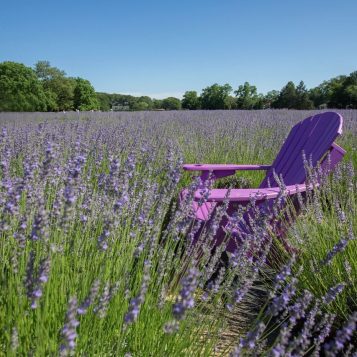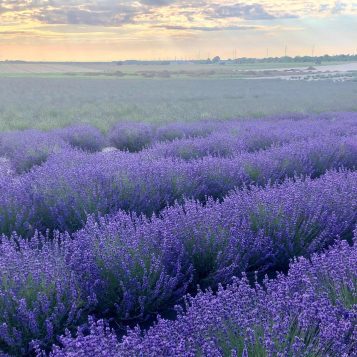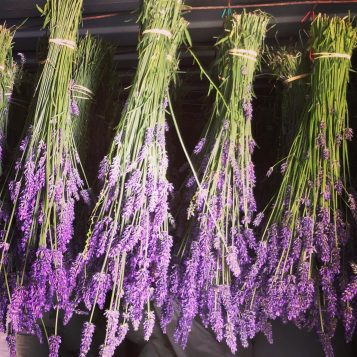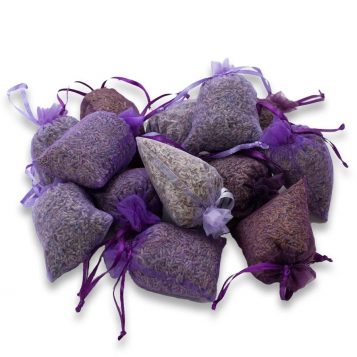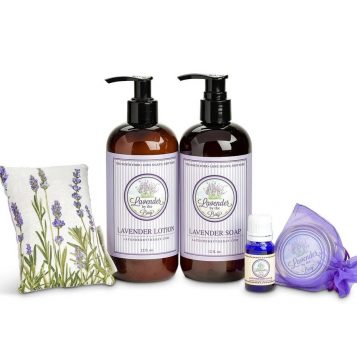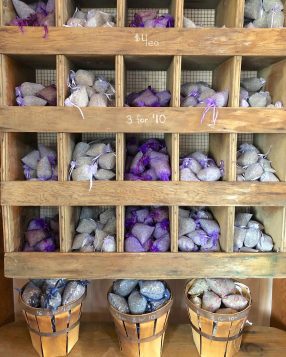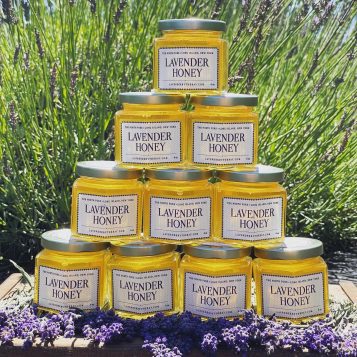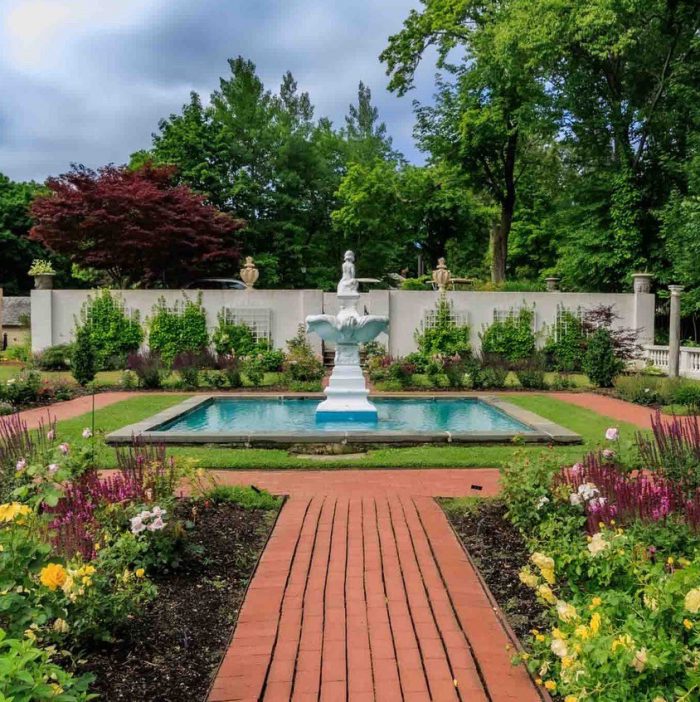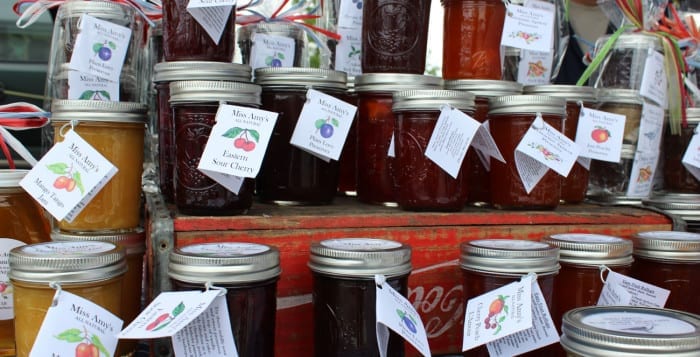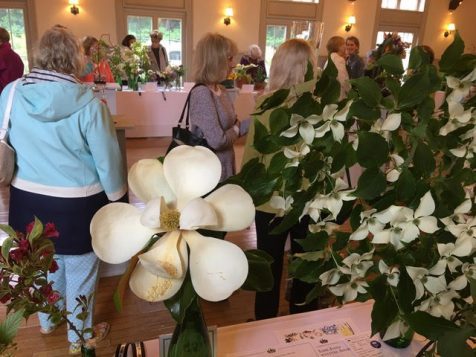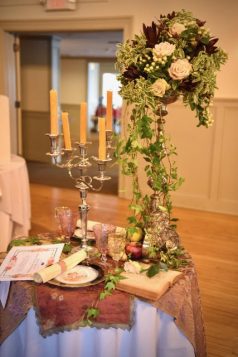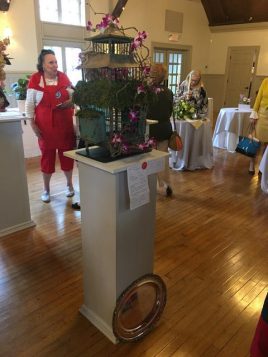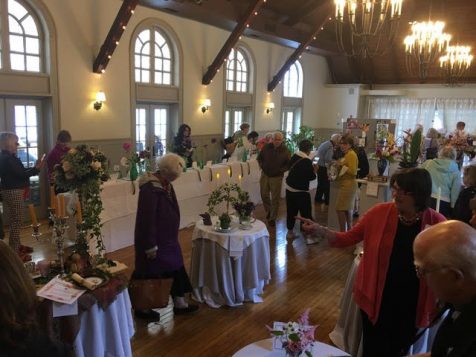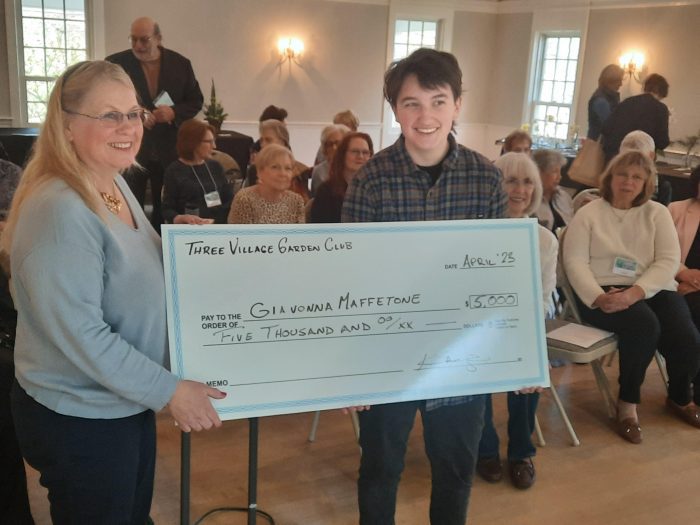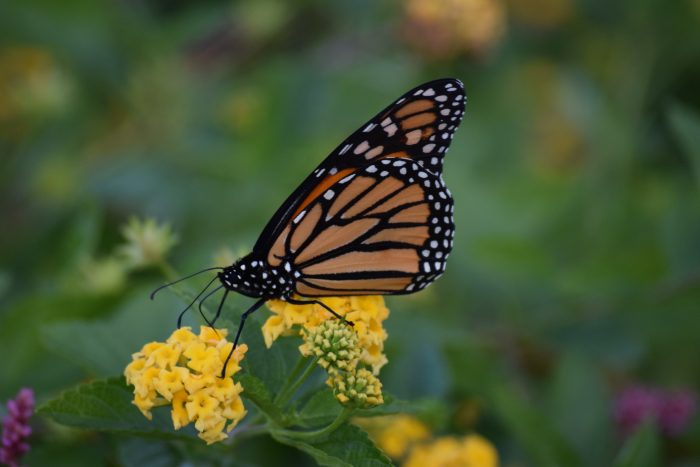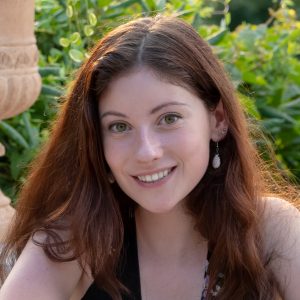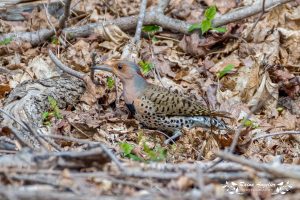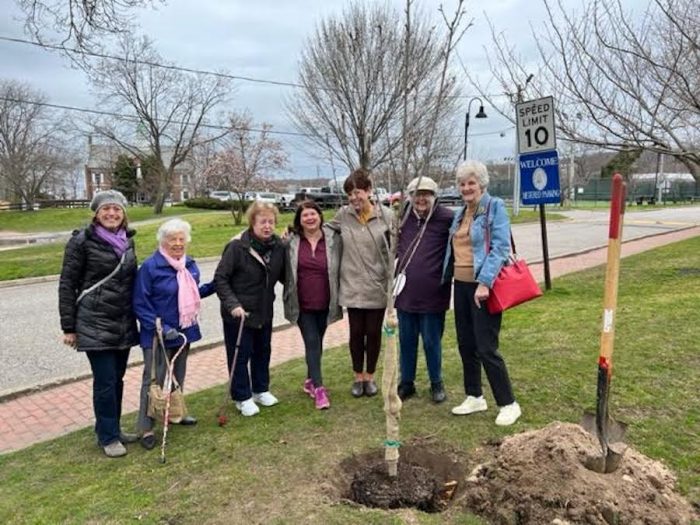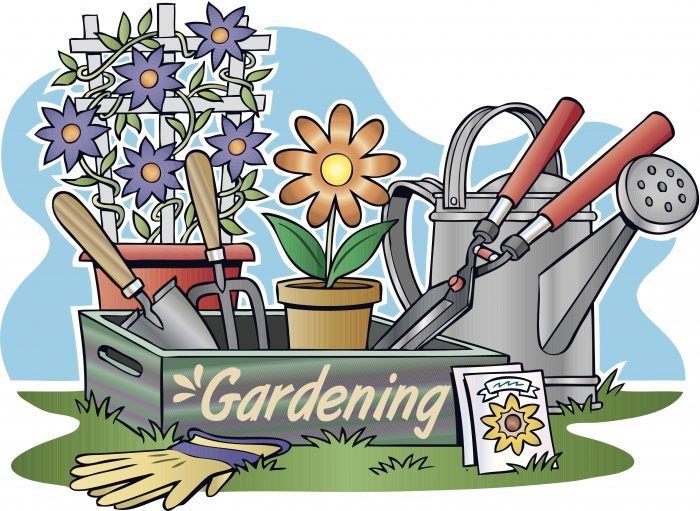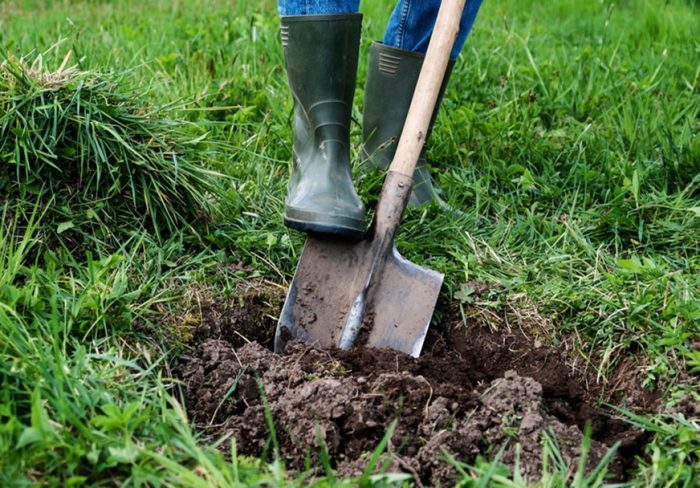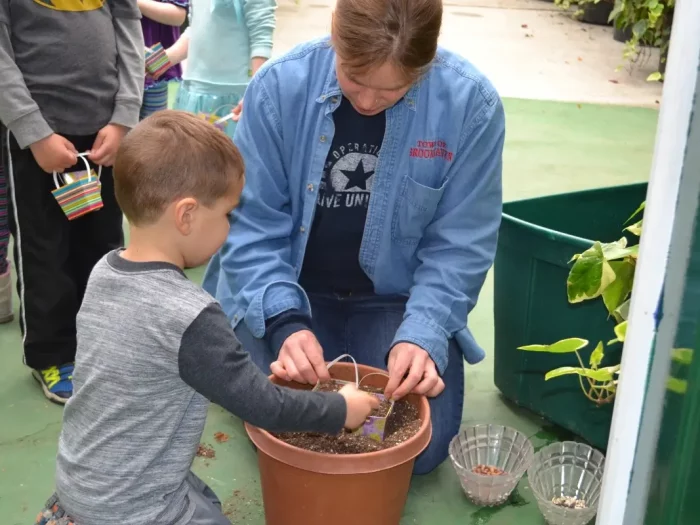By Stephanie Giunta
Something is blooming on Long Island: lavender. In recent years, the rising popularity of lavender farms has taken the island by storm. The East End’s beautiful and expansive fields, filled with gorgeous colors and magnificent scents, has drawn a diverse crowd of both lifelong locals and international visitors. Crowds flock annually to traverse through acres of beauty, enjoying fragrant fields and spectacular views, completely enveloped by the purple craze.
If you are looking for a natural and transformative experience this summer, look no further than Lavender By the Bay. Located in both East Marion and Calverton, the farms are a fusion of agricultural artistry brought to life through the Rozenbaum family. I recently had the opportunity to speak with Chanan Rozenbaum, co-owner of the business, who provided some insight on the legacy behind the illustrious lavender and the farms’ tranquil escape.
How did the business develop into two large farms with 47+ acres?
It’s quite a story. I grew up summering in Southold back in the 80s. My dad always had a green thumb and worked at the apple orchards in Israel. He was always playing around in the garden. He is originally from Paris, and lavender from France is a big part of the culture there — it grows acres upon acres. So, he tried growing lavender and it flourished.
My mom was an art teacher at the time in the NYC public school system, and was very crafty with dried flower bouquets and making sachets. We set up a picnic bench in front of the house, set up products, and my dad saw an opportunity. He saw lavender flourishing out there [the East End] and no one else was growing it. He loved the farm culture of the North Fork, so he took a chance and bought some property out in East Marion in 2002. It was a 17-acre plot. One year he planted one acre, then two, then three, and kept going.
As a result of social media, we went viral. More and more people were coming [to the farm]. We saw that the property out east couldn’t totally handle the amount of people coming, so we bought the property in Calverton in 2018. The property is a little over 30 acres, and it’s been a great ride. We never thought the response would be what it was.
Why do you think the lavender farms are so popular?
People really love lavender and it really affects them. I often get people telling me that the scent of lavender reminds them of their grandmother, or a pillow their mother gave them. It’s part of the charm and appeal of the farm.
What type of lavender do you grow?
We grow English Lavender and French Lavender. English Lavender has a sweeter fragrance and a vibrant, purple color. Other varieties can be pink, white, and light blue. French Lavender has a stronger fragrance; it is a little more dull in color, but a taller bloom. It gives off that sea of purple when you’re standing in it. I love the French bloom, but the English is quite magnificent.
When is the most optimal time to see each at peak bloom?
It’s very difficult to totally predict when the lavender is in bloom because we’re in Mother Nature’s hands. Typically, the English Lavender blooms mid-June to the end of June. Some varieties of English will bloom at the end of the summer or early fall. French Lavender blooms in the beginning of July, peaks for the first two weeks, and extends until the end of July. It is never all in bloom at once since we are a working farm, and need time to harvest lavender in bunches for sachets.
What can people expect when they visit Lavender By the Bay?
Disconnection from technology. Being in the moment. Embracing nature for what it is. You can see the bees gathering nectar from the lavender, and butterflies fluttering around. It’s a unique experience needed for the soul. Especially in the times that we’re living in now after COVID, it’s really an opportunity to recenter yourself.
Lavender By the Bay is a beautiful experience. People are invited to walk around on paths through the fields and take photos.
There are a variety of chairs that are perfect for photo ops, and a beautiful pavilion in the fields to relax in. We even allow professional photo shoots to take place, which are reserved for after hours, and require a separate site fee. You can email [email protected] to make arrangements.
To make the most of your day and time at the farm, we recommend purchasing tickets on our website beforehand to ensure customers get their full time in the fields, but there is no entry fee when we are not in bloom. You can subscribe to our newsletter for bloom and ticket announcements.
Bring your dogs, too! As long as they are leashed and cleaned up after, they are welcome to enjoy the fields.
Can visitors pick their own lavender at the farms?
We don’t offer U-pick lavender, but we do sell freshly-cut bunches for purchase. We also carry and sell 1, 2, 5, 10, and 20 gallon lavender plants.
Do you sell food or drink at the farm?
In order to maintain the beauty of the farm, we do not allow food in the fields, and do not sell food on the premises. Water and non-alcoholic beverages are permitted.
If you could describe the farms’ ambience in three words, what would they be?
Serene, picturesque, aromatic.
What types of lavender products are sold at your farms’ shops?
We sell dried lavender bouquets, handmade sachets, bath and body products, soaps, essential oils, pillow mists, and lotions, as well as wild lavender honey in our shops and on our website. We also offer gift cards for purchase in denominations of $25, $50, and $100, which are redeemable on our website only.
We also do farmer’s markets in the city, so there is a lot of outreach from that. We do about 5 to 6 markets a week in Union Square, the Upper West Side and Brooklyn.
What is your most popular product?
I would have to say our lavender plants, bunches, and sachets.
Why should people make the trip out to the North Fork?
It’s a beautiful place. I always joke that people from France are coming to the lavender farm on Long Island. We have people from all over the world come to visit. There are lots of vineyards and many other farms, so it makes for a fantastic and wonderful day trip. One of the beauties of the North Fork is that it is so close to the city. To be able to drive an hour and be in a different world is quite an opportunity to explore. It’s wonderful.
IF YOU GO: Lavender By the Bay has two locations: 7540 Main Road, East Marion (631-477-1019) and 47 Manor Road, Calverton (631-381-0730). Both farms are open daily from 10 a.m. to 5 p.m. (9 a.m. to 5 p.m. in June) through December. Please call before visiting as the farm hours are weather and staff dependent. For more information, visit www.lavenderbythebay.com/ and follow along on Instagram @lavenderbythebay.
This article first appeared in Summer Times, a seasonal guide supplement by TBR News Media.

